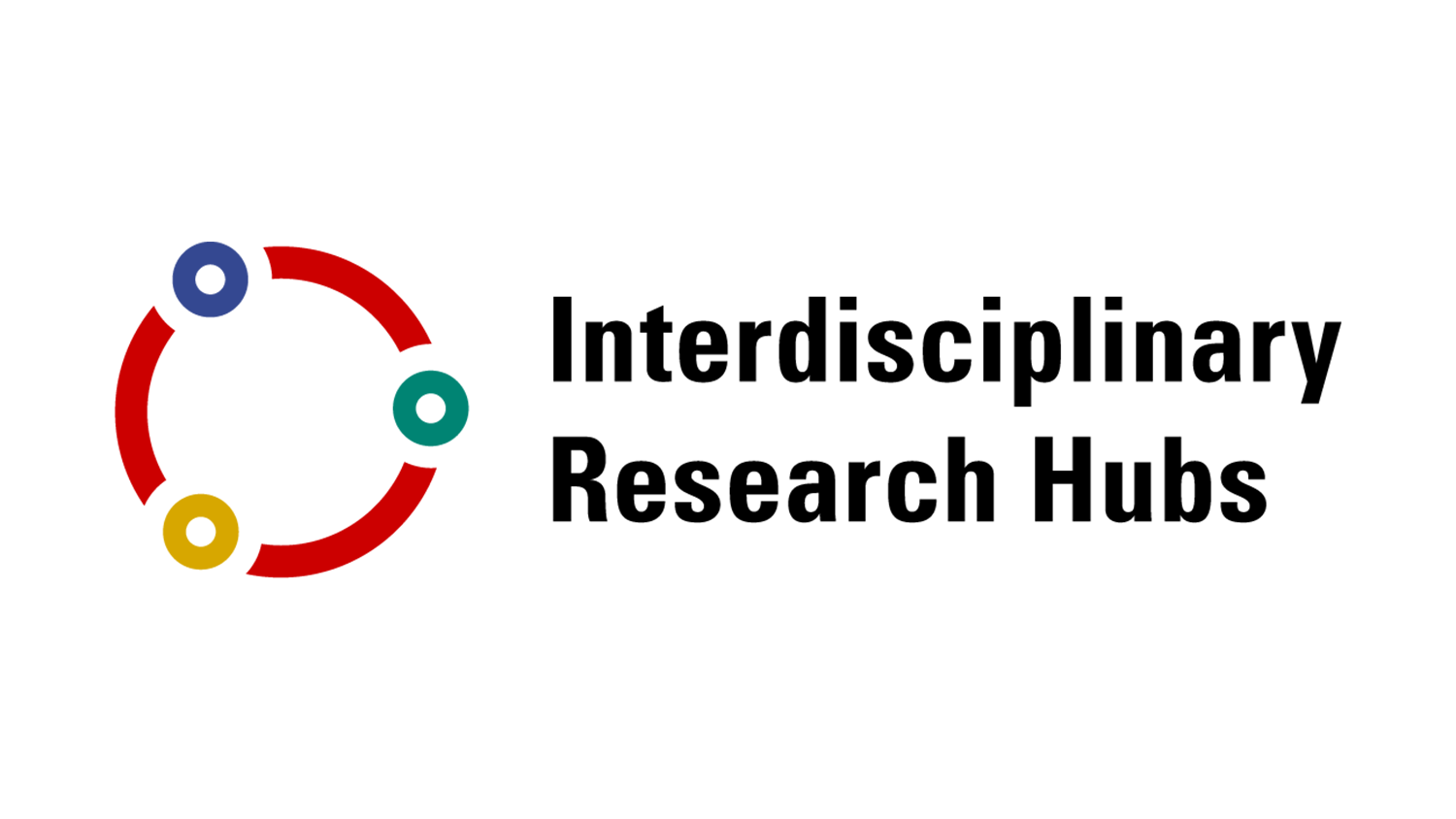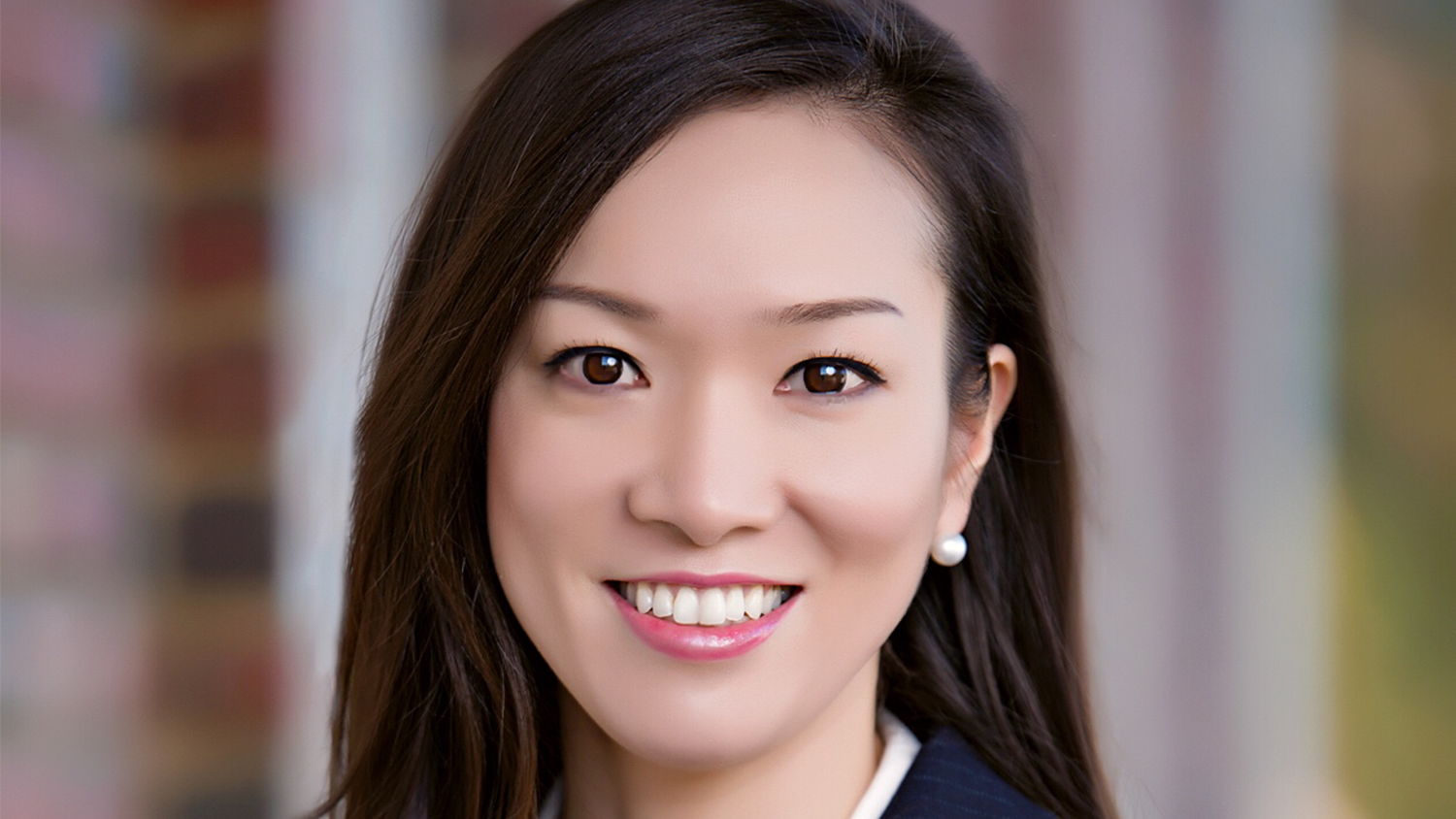Global Educators Collaborating Across the Atlantic
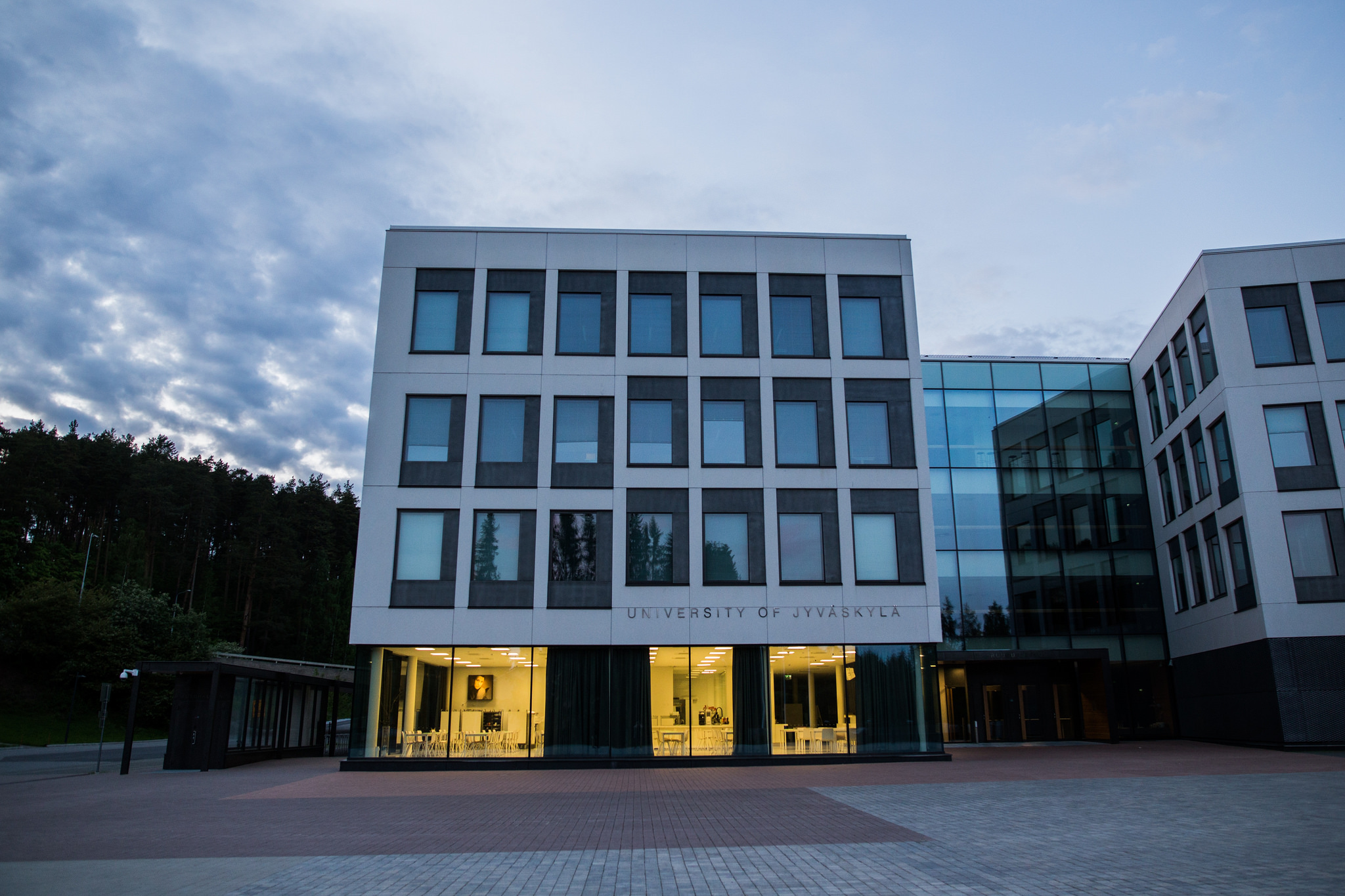
As technology transforms our world into one interdependent community, there is an increased need for global education. That’s why the College of Education recently sent a cohort of graduate students and faculty to Finland to learn more about the Finnish education system, tour research facilities and discover opportunities for future collaboration.
STEM Education faculty Dr. Cyndi Edgington and Dr. Karen Norwood joined graduate students Emily Caton, Megan Ennes, Shelley Glimcher, Stephanie Grady, Daniel Kelly, Rebecca Stanley and Laila Thompson for the trip to Jyväskylä, Finland. We asked Shelley Glimcher and Daniel Kelly, both students pursuing an Ed.D. in technology engineering and design education, to tell us more about their experience abroad.
Recently you went on a study tour of Finland. What was the purpose of the trip?
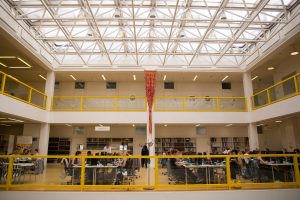
- Shelley Glimcher (SG): We traveled to the University of Jyväskylä in Finland to present current research projects at NC State with the aim of developing and cultivating collaborative research relationships with Finnish faculty members and research centers. Numerous roundtable discussions facilitated the exchange of ideas and brainstorming of future work together including: how to implement comparative studies between our universities, the development of K-12 science, technology, engineering and mathematics (STEM) programs, and the incorporation of technology in the classroom for both learning and research. Additionally, we visited a Finnish compulsory-level teacher training school, the Nanoscale Science Center at the University of Jyväskylä, and the Finnish equivalent of a technology, engineering and design university-level learning environment. At the teacher training school we had the opportunity to examine the fantastic facilities, sit in on both physics and math classes, and learn about the process Finnish education majors go through to become teachers. At the Nanoscale Science Center, we not only had the opportunity to visit cutting-edge research laboratories, but also learned about how the center is bringing their research to classrooms to excite the next generation of STEM students. In many ways the learning environment for the Finnish university-level equivalent of a technology, engineering and design education classroom was similar to what we have at NC State, but the Finnish educators use technology differently highlighting ways we can learn from each other to strengthen our university-level programs.
What was a cultural difference you encountered?
- Daniel Kelly (DK): The biggest difference was the overarching principle of equity in Finnish society. It is both a societal and educational cornerstone that plays a large role in their success from an educational perspective. It was a term we heard frequently.
- SG: From an educational standpoint, in Finland, they have compulsory education for nine years (starting at age seven) that includes traditional craft (“Sloyd”) training, akin to an industrial arts course in the U.S., but greater in both breadth and depth. Students use a variety of equipment and design procedures to build standard sample projects to learn proper techniques. By the end of their training in year nine, students are able to create their own projects based on their own interests with minimal supervision. Some example projects we saw included sculptures, bicycle modifications and a wide-variety of wood-based products. Ample laboratory space was devoted to this training allowing all students to participate, rather than only a select few for an elective course. This emphasis on hands-on, project-based educational experience helps students determine whether to continue onto secondary school or vocational training after completing their compulsory education. Unlike the United States where the major emphasis in the majority of high schools is college prep, in Finland 50 percent of students opt for the vocational track after their compulsory education.
Can you tell me a little more about your research?
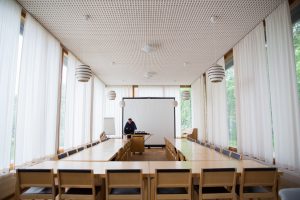
- DK: My research is largely on the role technology plays in modern education. Specifically, how can we develop educational resources and best practices that increase levels of technological literacy and self-efficacy of in-service and pre-service teachers. With respect to the trip to Finland, I am working on research involving our math department her at NC State and a researcher at the university we visited there.
- SG: I’ve directed my research in the area of spatial thinking under Aaron Clark. I work with the GC 120 (Foundations of Graphics) course which focuses on technical drawing, geometric modeling in Solidworks and design. Where previous research in spatial thinking has mostly focused on topics such as mental rotation, breaking, or bending using 2-D instruments for assessment, this approach may not work for all individuals – in particular tactile learners who tend to learn most through tinkering. Additionally, the increase in dynamic experiences such as 3-D modeling, 3-D printing, image processing and simulations, highlight the need for the development of a parallel 3-D spatial thinking assessment (Ernst, Lane, & Clark, 2014). So, my research is currently focusing on developing a methodology that utilizes a tactile 3-D Soma cube puzzle to see how a subject’s discourse, piece manipulation, and completion time potentially correspond to different problem solving approaches and how this may translate to an individual’s spatial thinking ability.
How do you think this trip will affect your studies and influence you as an educator?
- DK: Perception is reality and gaining personal insight into how other educational systems operate allows for a more informed perception of them. I was amazed at the level of freedom the students had. Not just academically, but personally. We don’t give our students anywhere near the freedoms I saw in the Finnish school and maybe it is something we should practice more here. Let students take ownership of their education and behavior.
- SG: This opportunity to visit the University of Jyväskylä really highlighted the ability to collaborate to both facilitate and examine gains in students’ spatial thinking through the use of hands-on design work, complemented with 3-D geometric modeling, as well as other technological advances. From a research standpoint, before this trip I had not considered implementing a comparative study using my research methodology with Finnish students, but now have the collaborators to make this a realistic possibility. As an educator, I am already brainstorming how to bring more hands-on activities into my classroom to help students gain technical graphics content knowledge in a more interesting manner. Also, after seeing university student design projects produced in Finland, I have some additional ideas on how to strengthen the design portfolios created by students in GC 120.
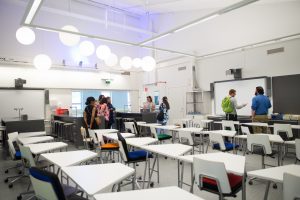
A science classroom at a teacher training school in Jyväskylä.
What advice would you have for someone thinking of pursuing your field of study?
- DK: Have passion. Technology and engineering education is a rapidly growing and remarkably broad field. Without a focus, one can easily get lost in the many paths available to you. Use what you are passionate about to drive your focus and study. It makes the process much more enjoyable.
- Categories:

